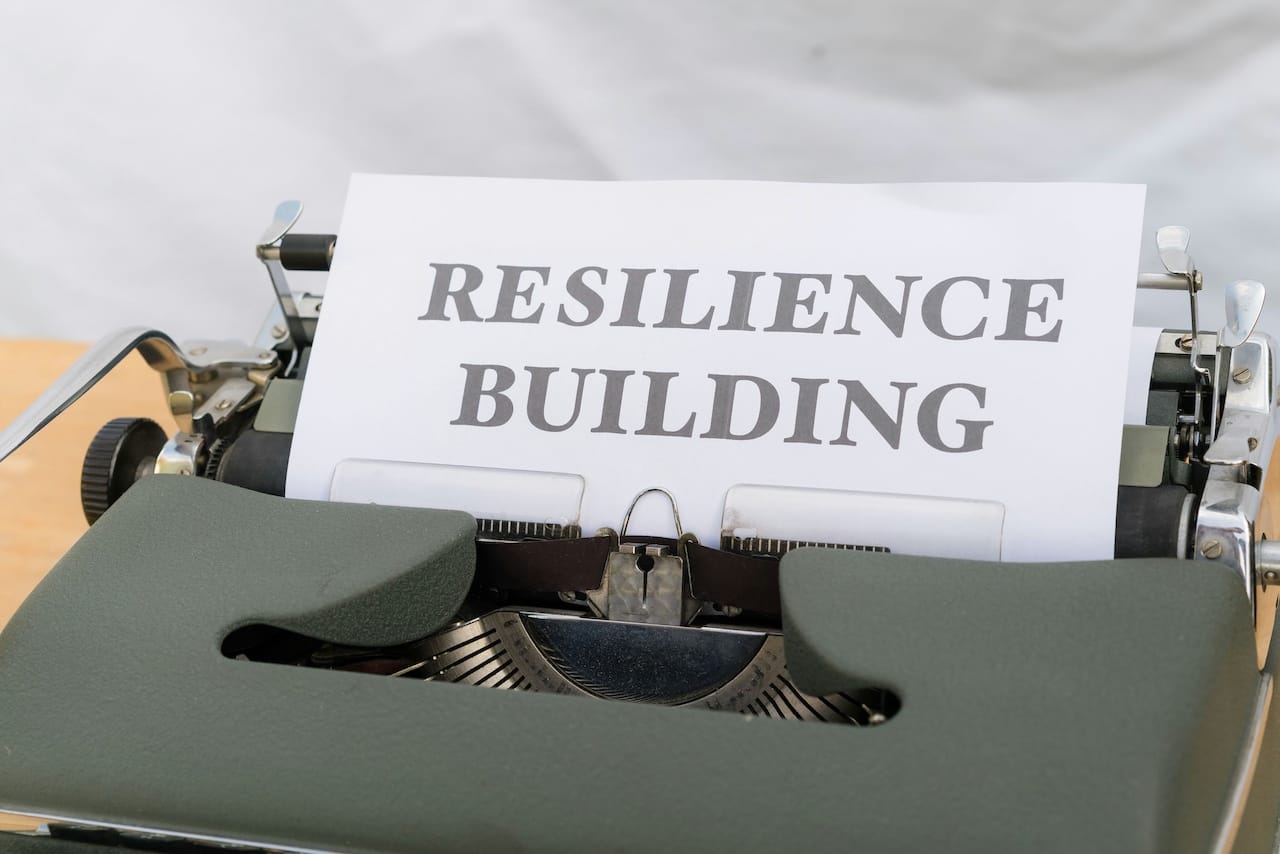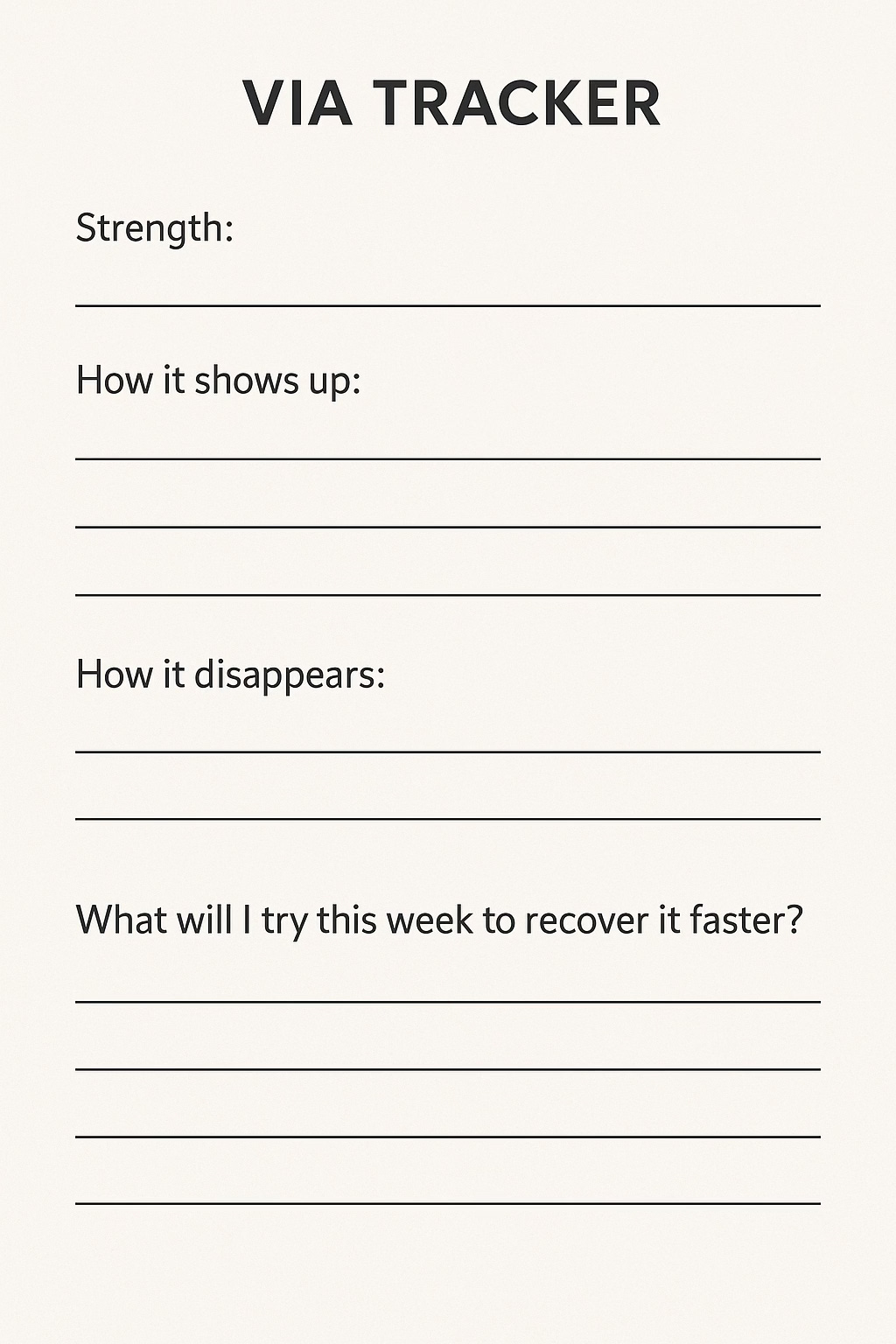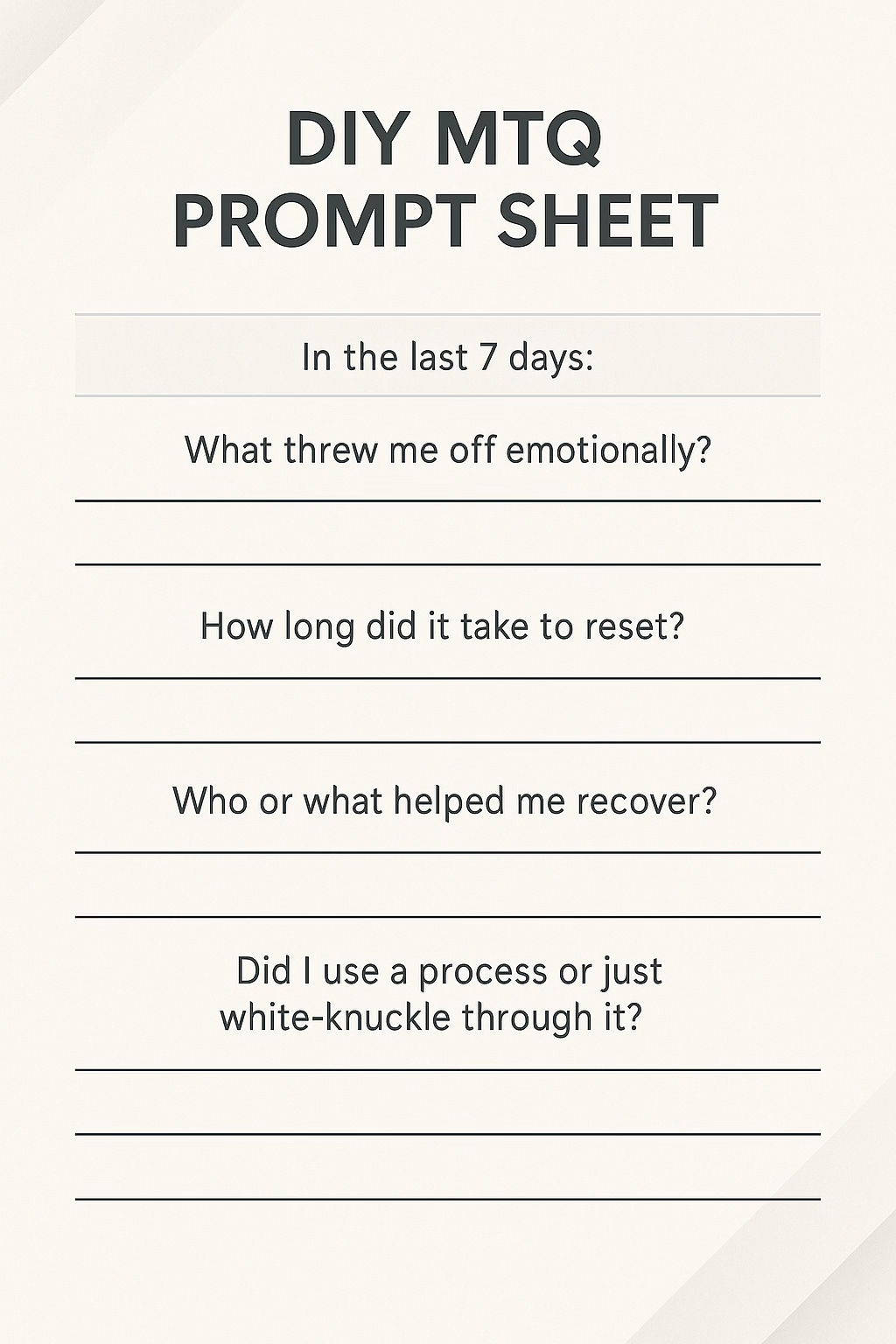The Product Manager's Guide to Resilience
Product managers who foster resilience recognise that mere survival is an accomplishment. The "don't die" mindset is not merely playful advice; it represents the crucial distinction between unsuccessful.

Have you faced the following brutal truths about managing products, not once, but several times:
- Despite not having direct control, you’re a facilitator, balancing stakeholder demands, engineering constraints, and customer needs.
- PMs often take the heat for failures even if the issue stemmed from engineering delays, misaligned priorities or external factors.
- Every stakeholder around pushes for their own agendas. Saying “no” or deprioritising features makes PMs unpopular.
- Taking customer requests at face value alone isn’t enough.
- Discarding the most loved but unviable features.
- Constantly juggling ambiguity, pressure, and competing priorities.
- Your key customers threaten to leave.
- Your funding suddenly looks shaky.
In these moments, what separates you from other product managers who survive from those that don't isn't just strategy. It's a mindset. It’s your resilience that keeps you going.
Thanks for reading! Subscribe for free to receive new posts and support my work.
Why dying isn’t an option
Product managers who cultivate resilience understand that survival itself is an achievement. Conversations with hundreds of Y Combinator founders reveal that the "dying isn’t an option" mentality isn't just cute advice. It's the fundamental difference between failed products and eventual unicorns.
Every successful product went through periods where their founders seriously wondered if it was all over. Yes, even the billion-dollar ones. What distinguishes survivors is an almost irrational belief that pushes them through these valleys.
You need what one founder described as an "internal gravitational force". A belief so strong it warps reality around you. When you believe your product will succeed with unwavering conviction, that conviction becomes contagious. Your team catches it like a cold at a daycare. Your customers sense it. Investors get pulled into your orbit.
The practical side needs attention too. Build simple rituals that reinforce resilience. Create weekly notes highlighting small wins amid struggles. Schedule time to reflect on how far you've come despite obstacles. Find a support network of fellow PMs who get the emotional rollercoaster without needing the play-by-play.
Reading the Wall
The hardest decision in product management isn't whether to add a feature. It's knowing when to walk away from your current direction.
The million-dollar question: How do you know when to pivot rather than persevere?
The clarity comes from tracking your own conviction. Are you more or less convinced your approach will work compared to six months ago? If your belief is fading despite evidence and effort, that's a strong pivot indicator.
Watch for "tarpit ideas". These concepts seem unsolved but have trapped countless companies since the 90s. They generate positive feedback but never break through. They're like quicksand with great PR. They're seductive precisely because they feel validated. The startup graveyard is littered with teams that couldn't escape their pull.
Market signals tell the truth when everyone else is polite. When acquisition costs keep rising while conversion rates flatline, you're pushing a boulder uphill wearing flip-flops. When customer conversations shift from excitement to reluctant politeness, the market is telling you something your team might not want to hear.
A good pivot doesn't abandon everything. The best pivots are like "going home," moving closer to your team's actual expertise and passion. The strongest pivots keep either the customer or the problem constant while changing the solution approach. Segment pivoted after years of grinding on earlier ideas, giving them unique insights into analytics problems. They kept the customer but changed what they offered.
Balance the Optimism-Pragmatism
Building products requires a strange psychological balance. Call it a "short-term pessimistic, long-term optimistic" approach. You need enough belief to persist through inevitable setbacks while remaining clear-eyed about current reality.
This balance isn't theoretical. It's intensely practical. Separate your emotional responses from strategic decisions. Create distinct processes for optimistic brainstorming versus pragmatic evaluation. During planning, have your team explicitly switch between "optimist" and "pragmatist" modes at different stages.
When metrics disappoint, acknowledge both realities. Yes, the current approach isn't working as hoped, AND yes, there's still a path forward. The "and" makes all the difference.
Optimism without pragmatism leads to delusion, like thinking your karaoke skills warrant quitting your day job. Pragmatism without optimism leads to premature surrender.
The most resilient product leaders build conviction networks. These are virtuous cycles where small wins generate customer validation, which fuels team confidence, which enables bigger swings. They don't start with blind faith. They build evidence-based belief through deliberate experimentation and small bets that compound.
Persistence pushes "Bad" Ideas to Win Big
- Some of today's most successful products started as ideas that seemed obviously flawed. People laughed, investors passed, yet they succeeded anyway.
- Post-it Notes were born when a 3M scientist’s low-tack adhesive failed to meet strength targets, yet it revolutionised office communication.
- The dating site launched by Ashley Madison started with the slogan “Life is short. Have an affair.” This slogan initially attracted criticism but has grown to over 70 million users worldwide.
- UPI (Unified Payments Interface) eliminated physical cash and cards, prompting doubts about security and adoption. It now handles over 10 billion transactions per month and has become a part of global innovation.
- Postman started as a simple Chrome extension for testing APIs. It has since pivoted into a full-fledged backend development collaboration platform with a valuation of over $5 billion.
- Flipkart introduced a return policy in 2011, a move deemed risky in India’s low-trust e-commerce market. But it boosted customer confidence and later became the market norm for most players in India.
You should ask the million-dollar question: Why is your idea or feature so bad that it must be discarded?
Often, these ideas aren't actually bad. They're just opaque to outsiders, lacking crucial context. The founders possess unique insights, either from direct experience or from grinding away long enough to see patterns others miss.
Airbnb faced rejection because letting strangers sleep in your home seemed certifiably insane. Their perseverance wasn't just stubbornness. It was built on insights about trust, unused capacity, and changing attitudes toward ownership that others couldn't see yet.
Timing plays a crucial role too. Many "bad" ideas were simply premature, like showing up to a party four hours early and wondering why it's so quiet. Their moment hadn't arrived. Successful founders develop sensitivity to when market conditions shift just enough to transform previously unworkable concepts into obvious solutions.
Some winning ideas only seem bad because they target what initially appears to be a tiny market. But founders who truly understand customer problems recognise when a small beachhead can expand into adjacent territories. What looks like a puddle to most might be the edge of an ocean to those with the right perspective.
Tests, Tools and Mental Models to Develop Resilience
If you want to think like a resilient product manager and are eager to train your mindset the same way you'd train for a marathon.
Let me help you with the tools that can help you test, analyse and make you a sharper product manager.
Discover Your Grit Scale
Angela Duckworth’s Grit Scale takes two minutes. It gives you a number. Not for your LinkedIn bio, but to understand how well you stick with things once they get annoying, ambiguous, or politically messy.
Use the template below to log your result in your notebook or any writing tools you may be using:

Know What Drives You
The VIA Character Strengths Survey shows what actually drives you—not what you wish did. Most PMs score high on “judgment,” “love of learning,” or “perspective.” That’s code for: you think too much and second-guess.
What to do: take the free survey, then write down your top 5 strengths. Ask yourself two things:
- Which of these helps me under stress?
- Which one vanishes the moment a director calls your roadmap “unrealistic”?
Then track it like this:

Now, think? What if you are not here to be well-rounded? Think and play your edge.
Are You Mentally Tough Enough
You’ll need a coach or consultant for a proper MTQ48 test. Worth it if your role feels like an emotional rollercoaster. It maps your confidence, control, and response to challenge.
For those without enough budget or patience, reverse engineer your own.
DIY MTQ Prompt Sheet in the last 7 days:

Label the pattern. Then design a response. Don’t just work hard.
Try the Founder Institute DNA Test
Link here. It’s short. It measures founder traits: adaptability, decisiveness, execution bias. Don’t use the result to start a startup. Use it to tweak how you lead products now.
PMs score low on “agreeableness,” which is good. However, some also score low on “fluid intelligence,” which is their polite way of saying, “You overthink.”
Once done, ask: Which trait feels underused in my current role?
If I behaved more like an operator than a diplomat, what would change?
Mental Models to Help Think Clearly and Burn Less
Circle of Control
Most things—exec mandates, legacy code, flaky dependencies—aren’t in it. Stay where your effort actually moves the needle.
Inversion
Don’t ask, “How do I hit my OKRs?” Ask, “How do I definitely miss them?” Then avoid things like expired tasks and support tickets.
10x Thinking
Not “how do I improve this feature?” but “if I had to 10x this value prop in 30 days or get fired, what would I try?” It’s not about being reckless. It’s about un-glueing your thinking from incrementalism.
Barbell Strategy
Play it safe on your core backlog. Go wild on one experiment a quarter. Don’t blend the two or you’ll end up with a bloated MVP that no one loves and everyone tolerates.
The Obstacle is the Insight
That thing you’re avoiding? It’s the thing that matters. If it's hard to write, ship, or say in a meeting, it probably deserves all your energy.
Weekly Tracking Sheet: Build the Muscle
Resilience Review Log
Week #:
Hardest moment:
Reaction:
Did I pause or react impulsively?
Did I seek feedback or assume?
One thing I’ll try next week to build bounce-back:
Mental Model Tracker
Model:
When I used it:
Did it help? Y/N
What I learned:
Habits Forming
This week I will:
- Say no to one “nice to have”
- Use a model before a major decision
- Reflect for 10 minutes on a flop before moving on
Resilience isn’t a life coach buzzword. It’s a practice. Product managers who cultivate it think clearer, lead better, and burn out less. The best ones don’t have more answers—they just recover faster.
And that’s the trait of product managers who make a real product happen.
The Ultimate Test of Resilience
Over the past 3 decades, and learning from dozens of product managers, I have learned that the ultimate test of resilience isn't avoiding near-death experiences. It's turning them into transformation catalysts. When your product hits the wall, use that moment to strip away everything non-essential and rediscover your core value.
Your resilience as a product manager isn't measured by success. It's forged in the moments when continuing feels harder than quitting. Develop your "don't die" mindset now, before you need it. In product management, it's not a question of if you'll face these moments, but when.
The greatest product stories contain chapters that would read like a certain failure if viewed alone. Your job isn't just building products. It's having the guts to keep going when quitting would look perfectly reasonable on your resume.